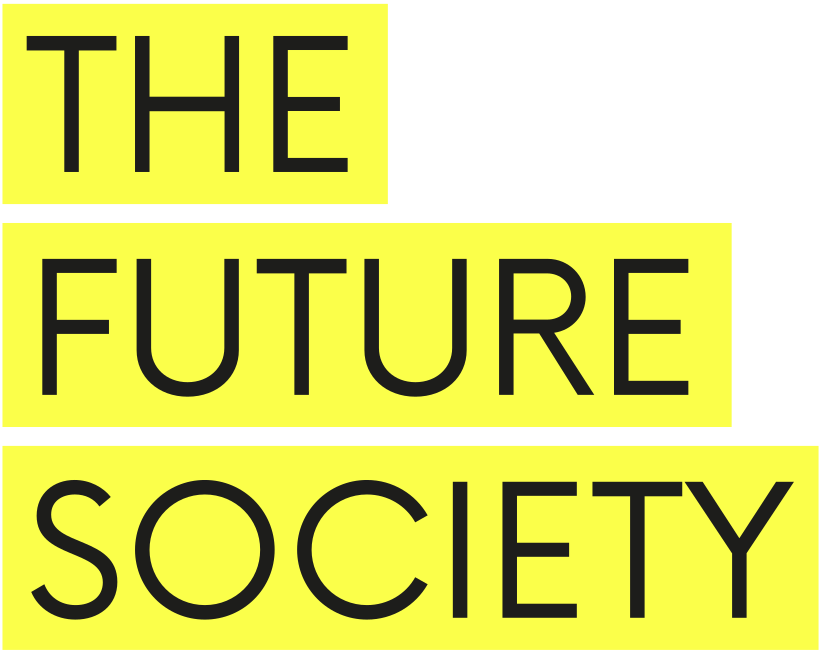Main Insight
Our report examines how the AISI Network can be structured and strategically integrated into the broader AI governance ecosystem to effectively fulfill its mandate toward secure, safe, and trustworthy AI.
Weaving a Safety Net: Key Considerations for How the AI Safety Institute Network Can Advance Multilateral Collaboration
November 15, 2024
As the capabilities of artificial intelligence increase and its impact on society continues to grow, governments worldwide are establishing mechanisms to manage the risks and harness the benefits of these transformative technologies. Among the most prominent of these initiatives is the creation of AI Safety Institutes (AISIs)—specialized, government-funded entities tasked with overseeing the safe development of AI systems, especially those on the frontier of technological advancement.
A significant step toward multilateral coordination was achieved with the launch of the International Network of AI Safety Institutes (AISI Network) in May 2024. The Network brings together members from diverse regions, including Australia, Canada, the European Union, France, Japan, Kenya, the Republic of Korea, Singapore, the United Kingdom, and the United States. Its inaugural formal gathering, scheduled for November 20-21, 2024, in San Francisco, aims to lay the groundwork for “advancing global collaboration and knowledge-sharing on AI safety.”
Our report, Weaving a Safety Net, examines how the AISI Network can be structured and strategically integrated into the broader AI governance ecosystem to effectively fulfill its mandate toward secure, safe, and trustworthy AI.
Section 1 introduces AISIs, providing a high-level overview of their purpose and core functions. Section 2 examines the benefits and challenges of collaboration among AISIs while, in Section 3, the focus shifts to outlining the current state of collaboration. Building on this foundation, Section 4 considers potential structures of the AISI Network for enhanced coordination. Finally, Section 5 explores how AISIs can engage with and complement other prominent actors within the global AI governance ecosystem.
Together, these sections aim to provide an analysis of the current state of collaboration between AISIs and other key institutions, and propose strategic directions to deepen these collaborative efforts inside and outside of the Network, enhancing its impact in addressing global AI challenges.

A network diagram of publicly announced bilateral collaborations between AISIs as well as with major AI companies. Line color indicates the primary area of collaboration, as inferred from the most emphasized topic in press releases about each partnership. Line size represents the scope of collaboration, with broader lines denoting a greater number of distinct areas of collaboration. A comprehensive source list for each connection in the diagram is available in the appendix of the report.



